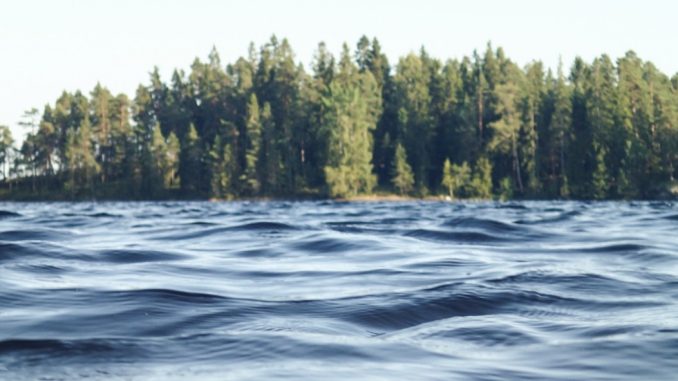
When Microsoft announced their plans to become a water positive company by 2030, there were two types of reaction to the news.
The first was that it was a bold ambition. That came from people who knew what the term means and all the various challenges that come with it. The second was a degree of bafflement as to what being water positive is all about.
Here is our guide to what being water positive means – and what Microsoft and other companies need to do to achieve it.
What does water positive mean?
Unless you have been living under a rock for the past few years, you will have heard the term carbon neutral. Many nations have pledged to be carbon neutral in the not-too-distant future.
Uruguay want to achieve it by 2030; Austria by 2040; the United Kingdom and most of Europe are targeting 2050 and even China, one of the world’s great polluters, has said it wants to be carbon neutral by 2060.
To achieve carbon neutrality, a nation must have zero net carbon dioxide emissions, either by eliminating emissions altogether or taking as much carbon dioxide out of the atmosphere as they put into it.
Water positive is the same sort of concept, instead dealing with water rather than harmful gasses at the same time as taking the idea much further. Rather than simply replace the water is being taken from the environment, companies create more water than they are using.
Why is being water positive important?
The world has a serious water problem. The House of Commons Public Accounts Committee recently warned that the United Kingdom was in danger of running out of water by 2040 if more was not done to protect supplies and fix leaking pipes, which were losing three billion litres of water every day.
When a company such as Microsoft commits to becoming water positive, it means that they will be helping to replenish those dwindling levels of available water.
With population growth and extreme weather events likely to have an even bigger impact on the world’s water reserves over the coming years, the more that everyone can do to help preserve and create water, the better.
How to become water positive?
There are simple ways to become water positive and there are complicated methods. Capturing rainwater is one of the easiest and a great way to start moving towards putting back more than you take.
Properties with large roof spaces or grounds can capture rain in industrial-sized water butts and tanks. This water can then be used to fulfil the needs of the building, with any surplus being returned to the environment – thus making the property water positive.
More advanced techniques can be deployed If a company is willing to pay for modifications to their headquarters or when a new build is constructed.
Combining facilities that are set up for optimised consumption of water which ensure not a drop goes to waste with water recycling technology for toilet flushing, laundry and gardening tasks moves a property towards being water positive.
Microsoft’s approach was laid out by president Brad Smith. Writing in a blog post, he said: “We’re tackling our water consumption in two ways: reducing our water use intensity – or the water we use per megawatt of energy used for our operations – and replenishing water in the water-stressed regions we operate. This means that by 2030 Microsoft will replenish more water than it consumes on a global basis.”
In Israel, Microsoft is already using water collected by air conditioning unites at a centre in Herzliya to water plants.
A new data centre in Arizona will use swamp cooling in place of traditional air conditioning units throughout most of the year, reducing Microsoft’s impact on the environment.
The company’s Silicon Valley campus will have 100 percent of its non-potable water come from recycled sources including rainwater and treated wastewater, saving over 19 million litres every year.
Making it easier to become water positive
As well as their own personal commitment to becoming water positive, Microsoft want their technology to help individuals and governments achieve the same aim.
Their tech could be used to gain a better understanding of consumption and manage supplies as well as finding new ways to deliver clear drinking water to remote and deprived communities.
Microsoft’s assistance will be invaluable in the drive to encouraging more governments and businesses to commit to becoming water positive.
Whilst there are plenty of financial incentives, tax breaks and rebates mixed in with binding legal targets to push companies into becoming carbon neutral, the idea of water positive is yet to take off in the same manner.
That looks like it is about to change. Given the water supply problems the world is facing, more companies and countries will need to follow Microsoft’s lead and commit to becoming water positive if we are to avoid an existential crisis.
We will be hearing plenty more about being water positive in the future.

Leave a Reply